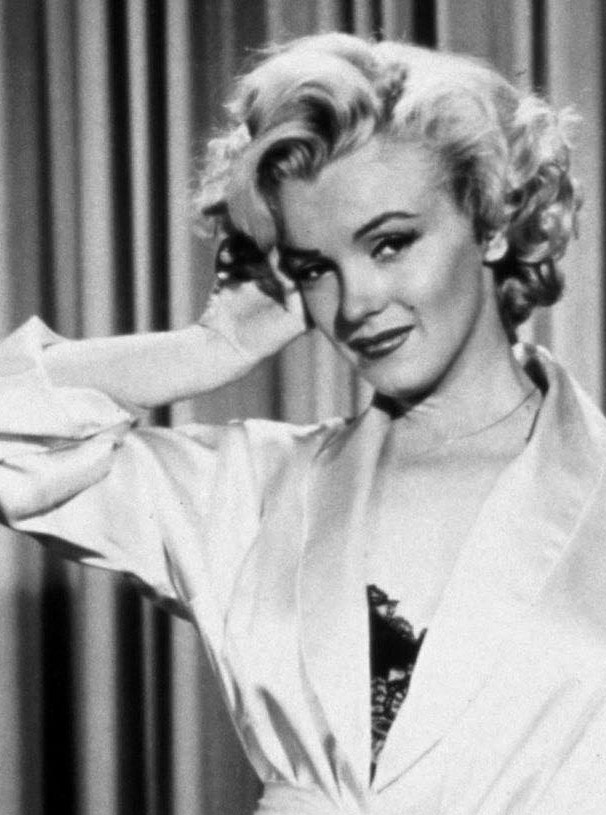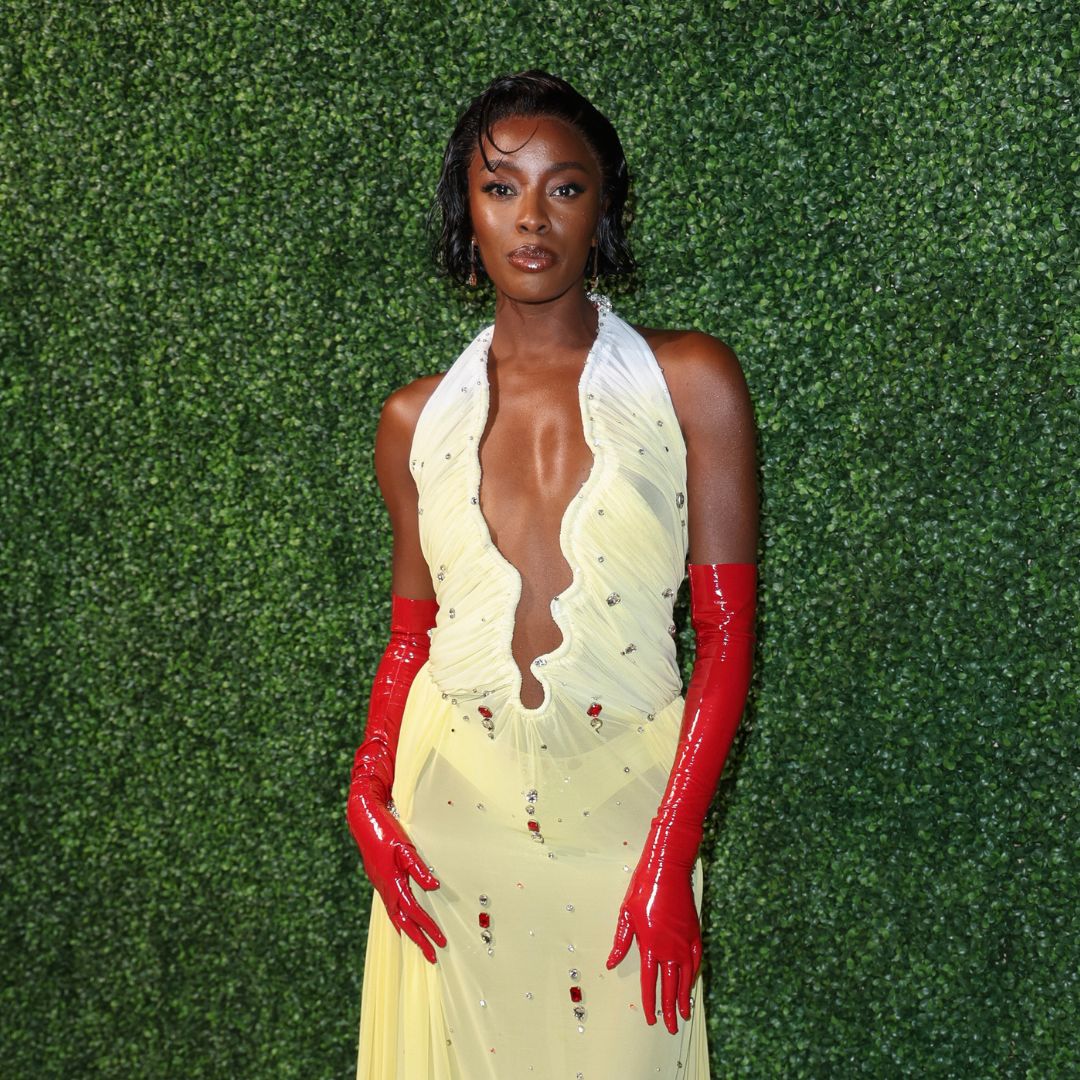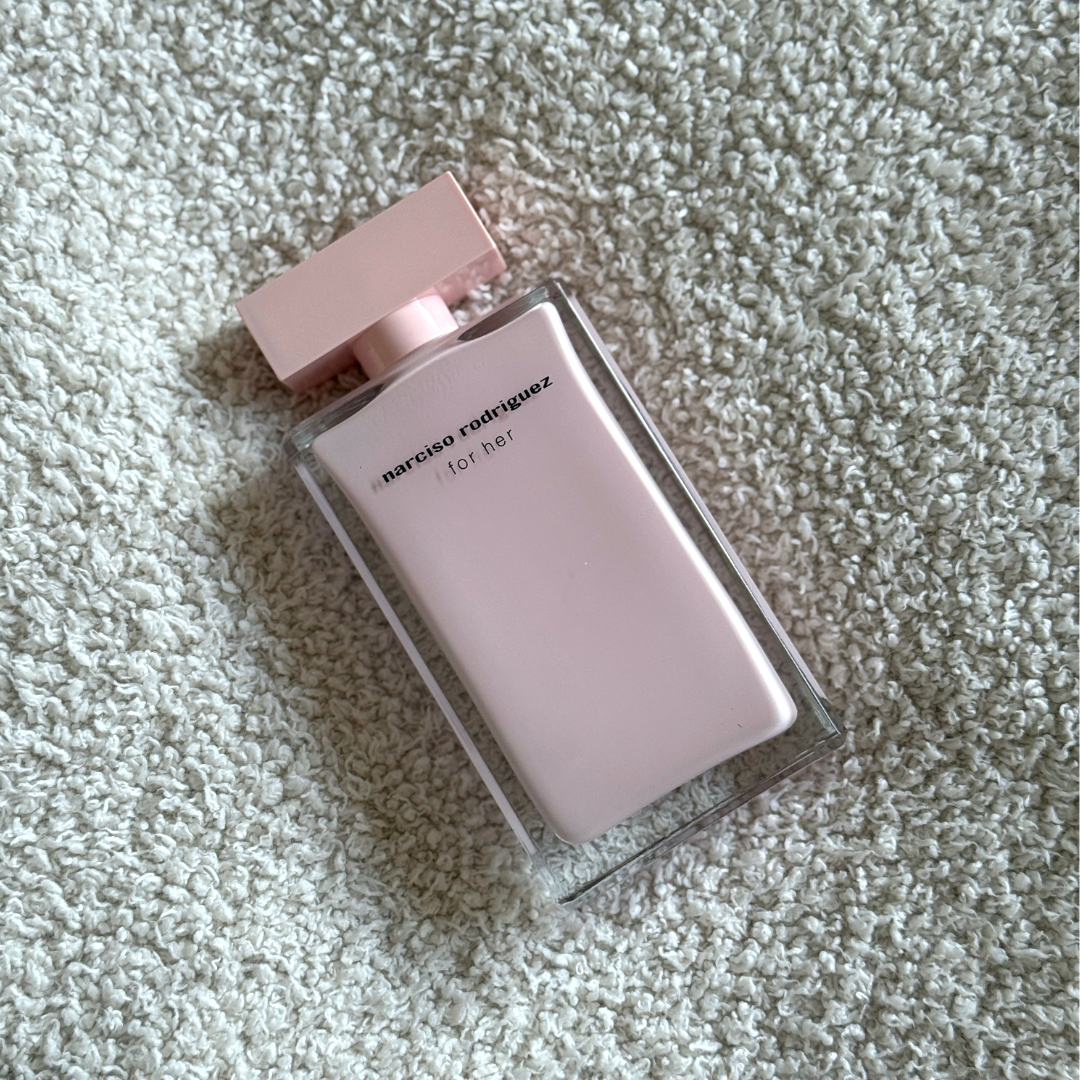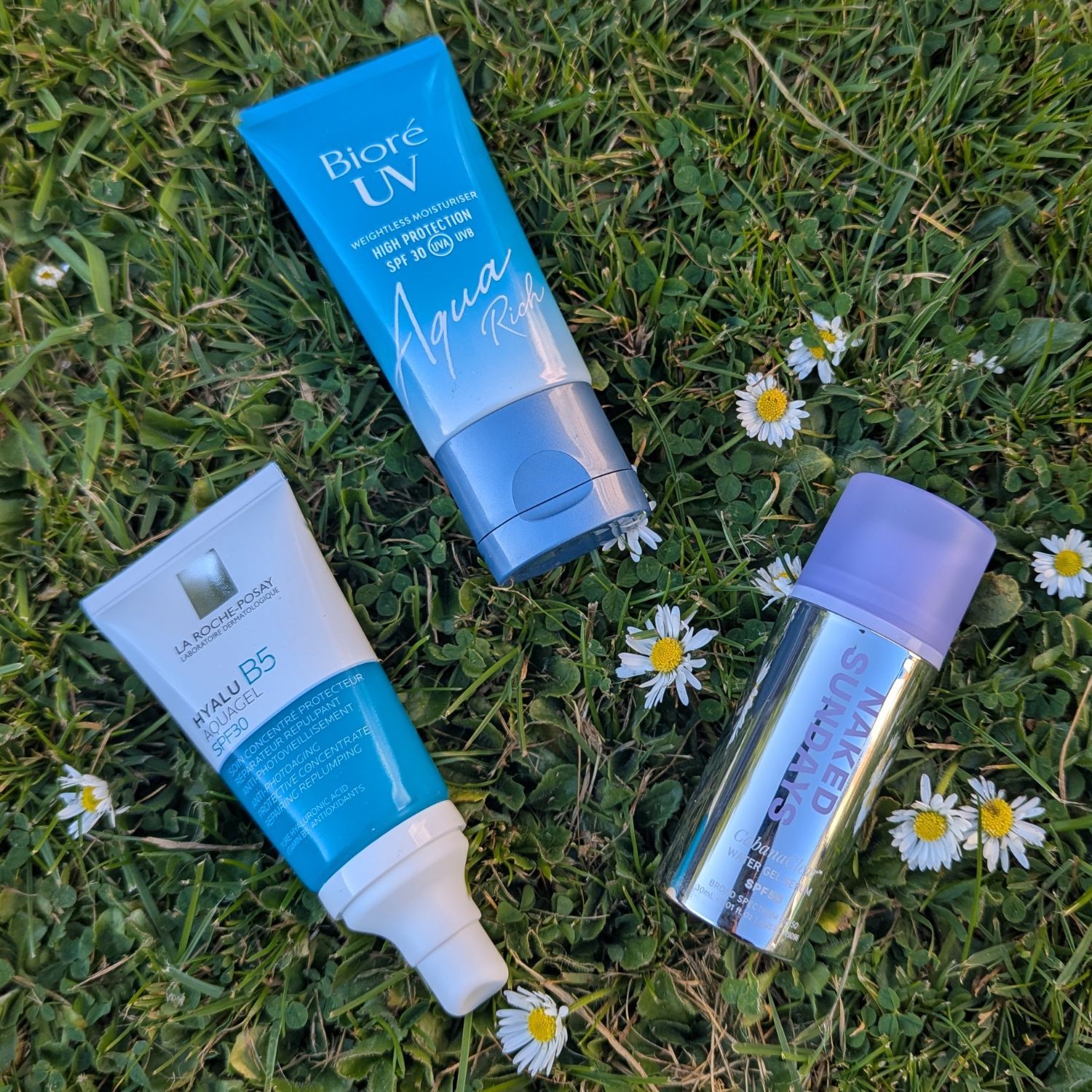Life stories: Marilyn Monroe
As the 50th anniversary of the icon's death approches, we look back at the extraordinary life story of Marilyn Monroe

As the 50th anniversary of the icon's death approches, we look back at the extraordinary life story of Marilyn Monroe
It was 6 November 1954. Dressed in a strapless red chiffon gown that plunged at the back to reveal her hourglass figure, her platinum blonde hair coiffed, Marilyn Monroe floated into Romanoff’s restaurant in Los Angeles.
Waiting for her were 80 of Hollywood’s elite gathered by her agent, Charlie Feldman, to celebrate her arrival as a new star in their midst. James Stewart, Humphrey Bogart and Gary Cooper toasted her as she sauntered past. ‘I felt like Cinderella,’ she said to a friend afterwards. The abandoned little girl, who had once stared out of the window of an LA orphanage at distant Hollywood film studios, had finally created her own fairy-tale ending.
That night Marilyn began her journey to become a global icon. In a post-war era when actresses had little power, she would fight studio heads to control her image and film roles, winning adoring fans and a legion of men along the way. Much has been written about the tragic star, but a new biography, Marilyn Monroe: The Personal Archives by Cindy De La Hoz, shows her in a different way through photos and private documents.
With each new book that appears, people are still fascinated by her. She was a woman who veered between paranoia and power, innocence and bold sexuality; a woman whose life involved extraordinary triumphs and dark episodes. Her early death at 36 fuelled speculation about who she had really been. ‘Would she have retired? Remarried? Become a recluse? Still been the greatest legend in Hollywood history if she had lived a full life?’ asks De La Hoz.
Marie Claire Newsletter
Celebrity news, beauty, fashion advice, and fascinating features, delivered straight to your inbox!
Marilyn was born Norma Jeane Baker in Los Angeles on 1 June 1926. Her mother, Gladys, was a paranoid schizophrenic and the little girl moved between foster homes and an orphanage. She felt abandoned and worthless. The only thing that kept her going was the dream of becoming a film actress. If it hadn’t been for her mother’s best friend Grace McKee, Marilyn’s legal guardian, the dream may have remained just that.
Grace thought she had the looks to be a movie star and brought lipstick and rouge on her visits. ‘Before Norma Jeane was ten, she had grown accustomed to being coiffed and made up by Grace, as though she were an adult,’ says Barbara Leaming, author of Marilyn Monroe.
But her beauty was also a curse. She was sexually assaulted at least twice in foster homes and when Grace’s fourth husband made advances towards her, Grace blamed Norma Jeane. ‘Terrible as those experiences were, they suggested that Norma Jeane had the ability to attract attention in a world that was otherwise indifferent to her,’ says Leaming.
At 16, Norma Jeane married Jimmy Dougherty, but an army photographer spotted her on a factory line and suggested she could model. Within a year of her first photo shoot, she had divorced Jimmy, changed her name to Marilyn Monroe and screen-tested at 20th Century Fox. ‘She had a kind of fantastic beauty like Gloria Swanson and she radiated sex like Jean Harlow,’ says Leon Shamroy, who shot her test film.’ Her first roles were just bit parts, yet her fantasy had become a reality.
But this was the era of the casting couch and, in 1947, aged 21, Marilyn found herself invited to parties arranged by powerful studio heads. Like other young actresses, she was expected to drive herself there, entertain and sleep with male guests, then drive home. At one New Year’s Party in 1948 she met agent Johnny Hyde, who spotted her potential.
With Johnny in tow, the studios began to take note of Marilyn and her acting roles grew, but she was dogged by insecurity. Often, she would arrive late on set in a state of nerves and need 15 takes per shot. To deal with the stress, she took barbiturates to sleep and amphetamines to wake her up, plus painkillers for menstrual pain and tranquillisers. It was the start of a lifelong dependency on drugs. When Hyde died in 1950, her feeling of abandonment resurfaced and she took an overdose. Luckily, a friend found her with pills dissolving in her mouth and saved her.
After this episode, Marilyn found some solace in her career. In 1953, she made more money for her studio that any other actor that year with the first films she starred in: Niagara, Gentlemen Prefer Blondes and How To Marry A Millionaire. But she resisted doing more comedies, driven by a desire to be taken seriously. Her new lover, baseball player Joe DiMaggio, used his business expertise to help her negotiate better terms. Drawing on her box office pulling power, she demanded approval on directors and cameramen, higher wages and her own production company.
When they married in 1954, DiMaggio expected her to stop work, but Marilyn’s career was on an unstoppable trajectory. When he watched her pose for the 1955 film The Seven Year Itch above a New York subway vent, her pubic hair noticeable through her white dress, he was horrified as crowds of men gawped at his wife. Their marriage ended after just eight months. Her drinking and drug taking became heavier.
Marilyn turned to Arthur Miller, a married playwright she had met at a Hollywood party in 1951. Miller left his wife for her, declaring she could be ‘the greatest tragic actress that can be imagined’. His reputation as an intellectual, she believed, would give her the respect she craved. They married in 1956. Marilyn tried to create the loving home she had never had as a child, yet Miller found her moods difficult to live with. She varied from attention seeking to paranoid to angry, as she battled to escape her ‘dumb blonde’ image. She suffered miscarriages and talked about suicide.
Marilyn’s behaviour was now affecting her career. She often called in sick to film sets, costing her studio thousands of dollars, then lay in bed consuming hamburgers and champagne. Yet when she received acclaim for her performance in Bus Stop in 1956, and a Golden Globe for Some Like It Hot in 1959, she proved herself the actress she thought she could be. Miller and Marilyn separated on 12 November 1960. The following February she was admitted to a psychiatric clinic.
It was the final downward spiral. In October 1961, at a party thrown by actor Peter Lawford and his wife Patricia for her politician brother, Robert Kennedy, Marilyn wore a dress showing her nipples. She played with a bare nipple as she spoke to Kennedy, while other guests looked on aghast. An alleged affair with another of Patricia’s brothers, President John Kennedy, followed. She sang a breathless Happy Birthday to him at Madison Square Garden on 19 May 1962, licking her lips and running her hands over her body. It was as if she were ‘making love to the president in the direct view of 40 million Americans’, wrote one columnist. Marilyn had embarrassed the married president. He refused her calls and she sank further into depression.
On 5 August 1962, Marilyn was found dead in her bedroom. She had swallowed 40 barbiturates. Decades of conspiracy theories would follow. Had she been silenced to prevent her embarrassing President Kennedy? Heavy drinking, drug use and overdoses, and a lifelong belief that she deserved to be abandoned, suggests it all finally become too much for her.
At her funeral in Westwood Village Memorial Park Chapel on 8 August, Joe DiMaggio broke down, whispering: ‘I love you,’ as she lay in a velvet-lined coffin in a green Pucci dress and platinum wig. She inspired the same sentiment in legions of fans. The tragedy was she never believed she was capable of being loved at all.
Marilyn Monroe: The Personal Archives (£25, Carlton Books) by Cindy De La Hoz is out this month
The leading destination for fashion, beauty, shopping and finger-on-the-pulse views on the latest issues. Marie Claire's travel content helps you delight in discovering new destinations around the globe, offering a unique – and sometimes unchartered – travel experience. From new hotel openings to the destinations tipped to take over our travel calendars, this iconic name has it covered.
-
 Anatomy Of A Wardrobe: TV presenter AJ Odudu is carving out her own lane, one show-stopping look at a time
Anatomy Of A Wardrobe: TV presenter AJ Odudu is carving out her own lane, one show-stopping look at a timeWatch as we take an exclusive look inside AJ's wardrobe
By Lily Russo-Bah
-
 This perfume has been an icon for over 20 years, and for good reason—it’s soft, elegant, and oh so feminine
This perfume has been an icon for over 20 years, and for good reason—it’s soft, elegant, and oh so feminineFeminine but not *too* sweet
By Lucy Abbersteen
-
 I’ve searched high and low for the best lightweight SPFs—these hydrating, water-based ones are a total game-changer
I’ve searched high and low for the best lightweight SPFs—these hydrating, water-based ones are a total game-changerNo excuses
By Jazzria Harris